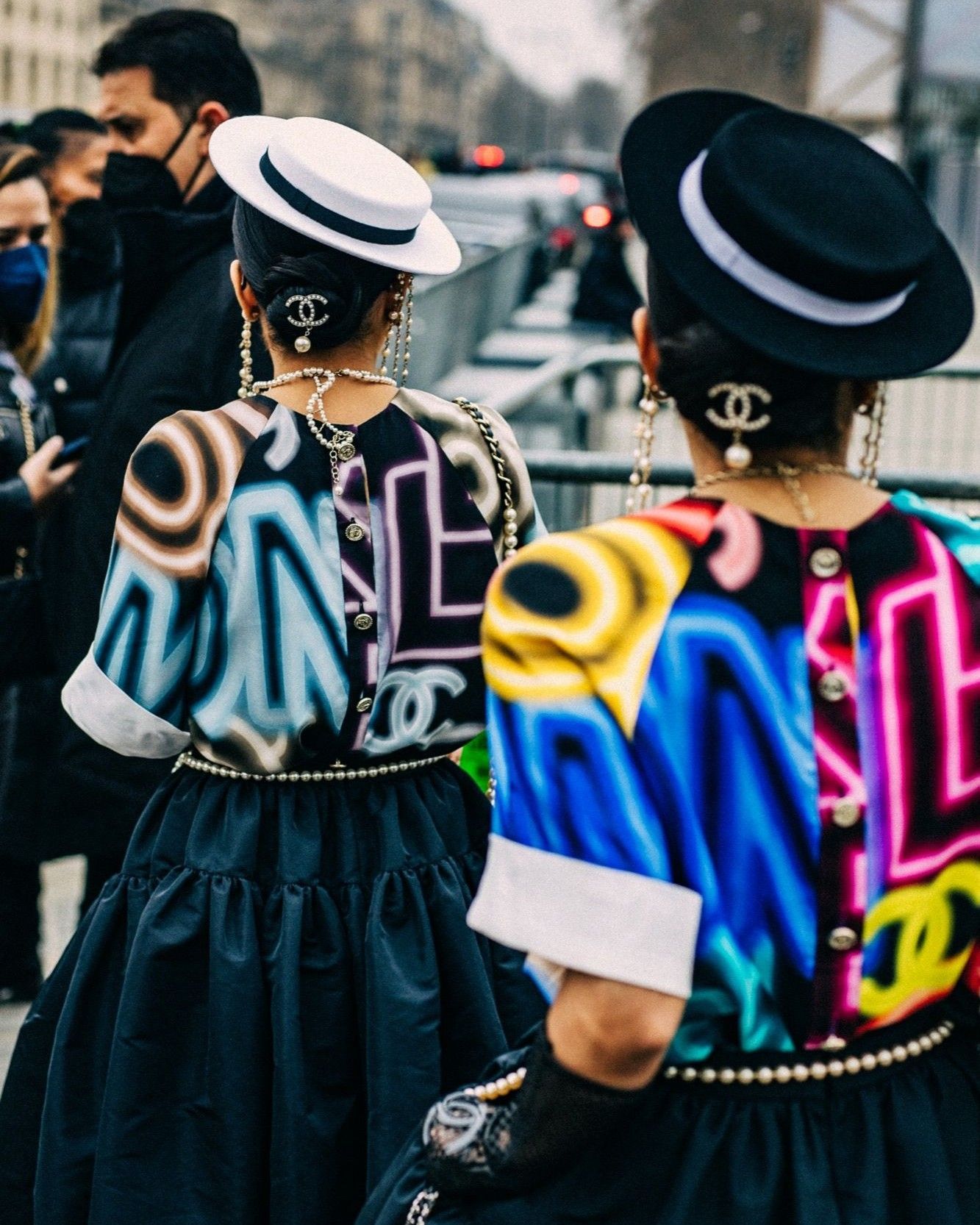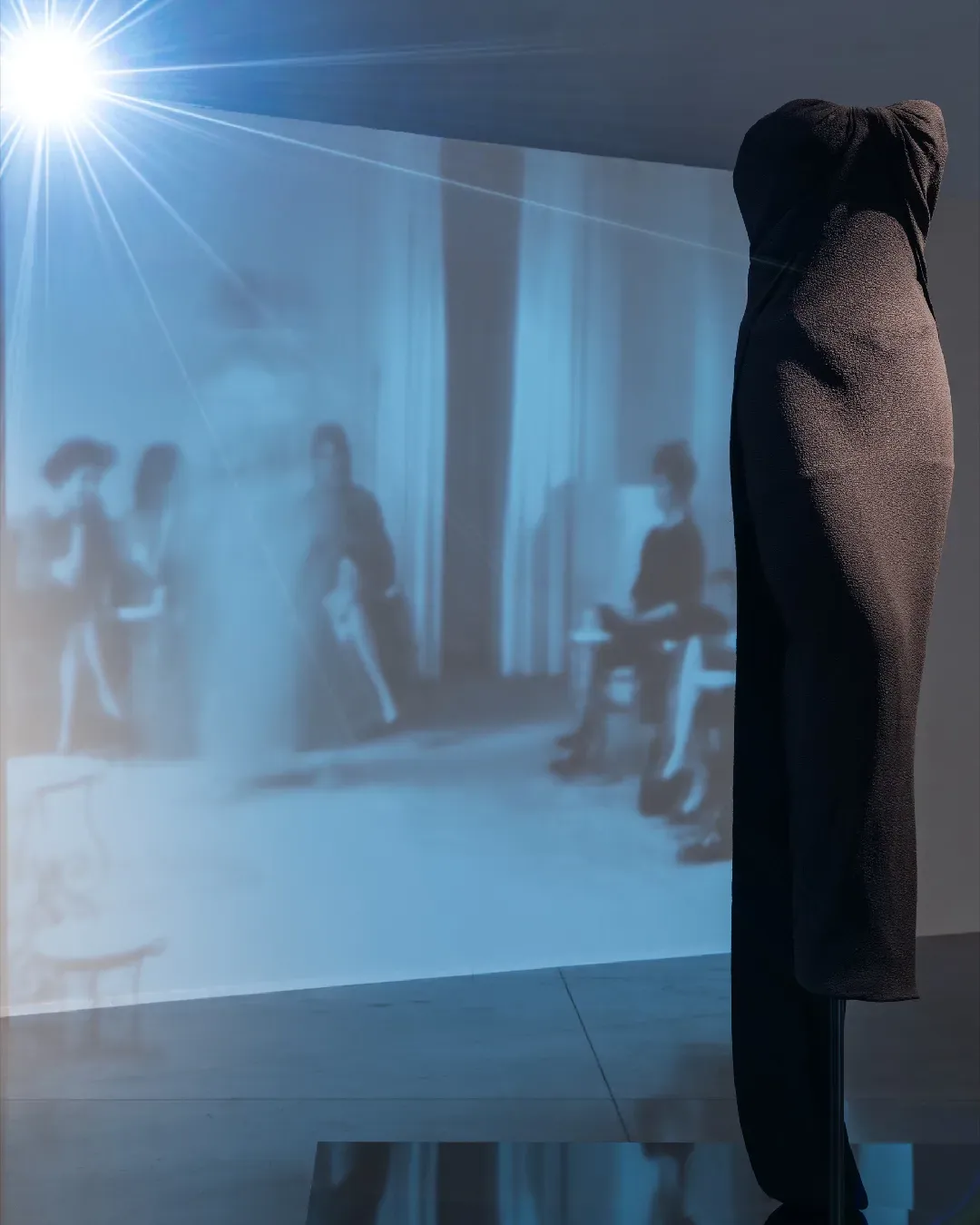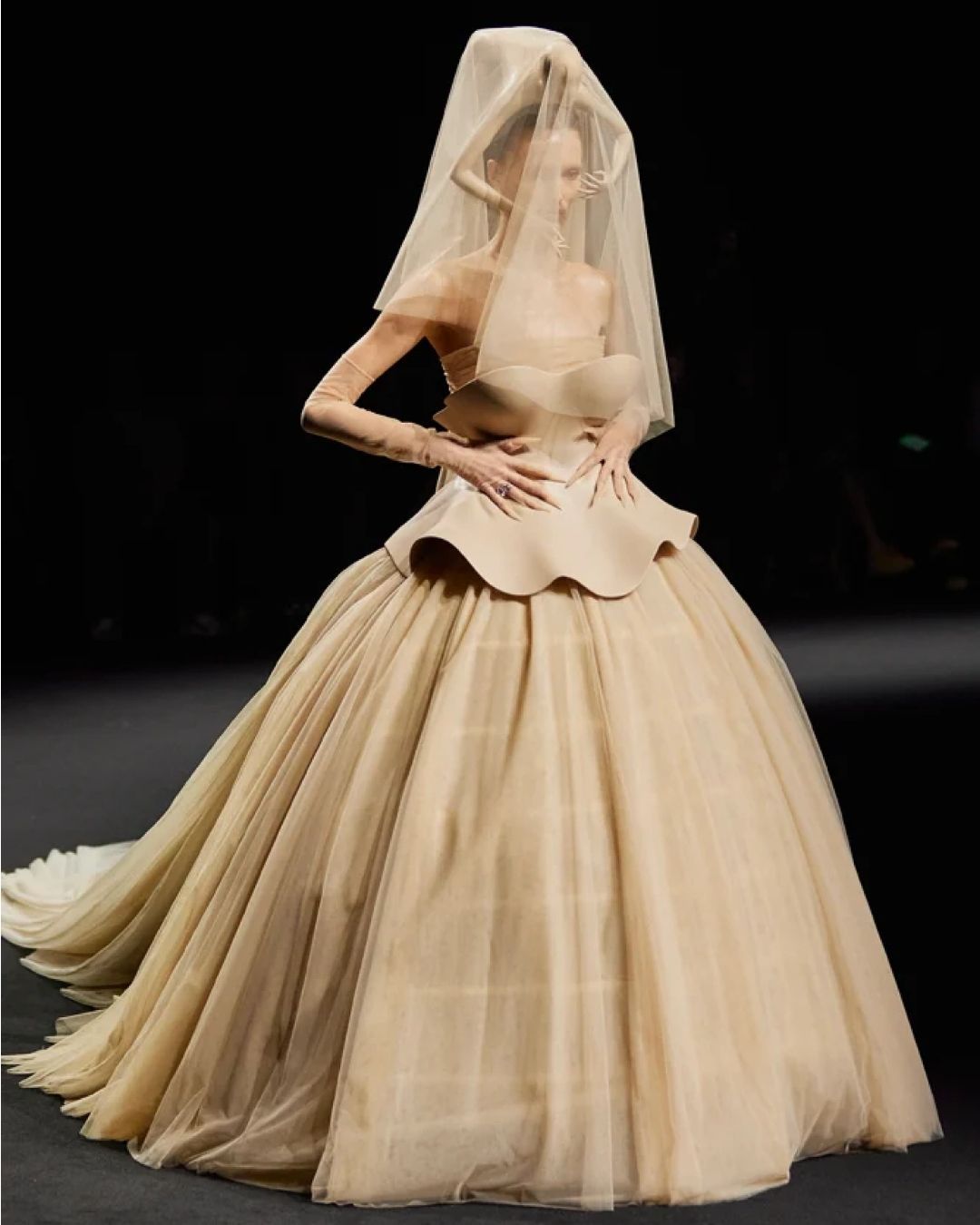
How Haute Couture is weathering the luxury crisis A frankly unexpected figure that bodes well for the coming Couture Week
That 2024 will be a year of crisis and rethinking of luxury is known to everyone. But despite the general slowdown in the sector, the production of the rarest and most expensive clothes in the world continues to thrive, proving to be immune to external pressures. Sidney Toledano, president of the Chambre Syndicale de la Haute Couture, expressed optimism about the current state of Haute Couture on the eve of Paris Couture Week, which will be held from June 24 to 27. «Globally, haute couture is doing well», said Toledano, highlighting the constant demand for high-quality custom-made products. This sentiment is also shared in the thriving markets of haute joaillerie (high jewelry) and haute maroquinerie (high leather goods), and even extends to the cosmetics sector. According to a report by 360 Research Reports, «the global haute couture market size is estimated at $12.02 billion in 2022 and is expected to reach $13.78 billion by 2028, with a CAGR of 2.3% during the period under review». Toledano, a veteran of the industry and advisor to LVMH president Bernard Arnault, praised the schedule of the upcoming week, which will feature nearly 30 maisons, but also notable absentees including Valentino and Fendi.
The real challenge for the sector, as Toledano said, is the recruitment of skilled labor: the demand is there, the supply is there, but someone has to physically sew and create all the different garments since the fundamental rule of Haute Couture is that everything must be handmade. The recruitment and training of specialized seamstresses and tailors are crucial to meet the increasing orders from customers in Europe, America, Asia, and beyond – which is why, for example, Van Cleef & Arpels recently opened a new school for jewelers in the city. In general, however, the service offered by Haute Couture, although not as profitable as other commercial branches of the various brands, remains essential for brand perception. Many brands, in fact, such as Schiaparelli and Viktor & Rolf, which also sell lines of products collateral to true haute couture, such as perfumes or leather goods, compensate for the absence of international stores and the relatively small size of their global operations with the enormous prestige that haute couture can provide. Another positive sign is the vitality of the sector. If recently some luxury brands have joined the couture schedule, including Balenciaga and Thom Browne, De Vilmorin, and the brilliant Robert Wun, but also Maison Margiela, which essentially only showcases the Artisanal collection except for the MM6 line show in Milan. Another very interesting newcomer in the next edition will be the debut of the brand De Pino, founded and directed by Gabriel Figueiredo, which will produce a genderless haute couture collection.
Precisely to explore the market expansions, Toledano revealed that the Chambre Syndicale is considering updates to these requirements to adapt to changing times by allowing a reduced frequency of shows, but without removing strict guidelines on haute couture production. The updated parameters could be introduced as early as the end of the year. There are also speculations about brands that could return to producing Haute Couture: Givenchy, for example; but also Lanvin and Saint Laurent. In general, in a world dominated by increasingly uniform and in some cases poor-quality ready-to-wear, couture still represents a laboratory for experimental and conceptual design as well as a guarantee of the highest craftsmanship quality. The growth and success of the sector, by all accounts, also seem determined by its relative sustainability: without the pressure to have huge margins, working manually, and guaranteeing superior exclusivity, Haute Couture is still an area of the industry where organic and healthy development is acceptable and where sales do not need to be artificially boosted. It is, in essence, a sector still authentic and deriving its value from this authenticity. And it is precisely for this reason that the city's Chambre did not want to postpone the calendar for the Olympics, preferring instead to continue with a lively edition, perhaps leaving more space between one show and another and trying to circumvent the various obstacles (mainly logistical) presented by the coincidence of the two events.














































